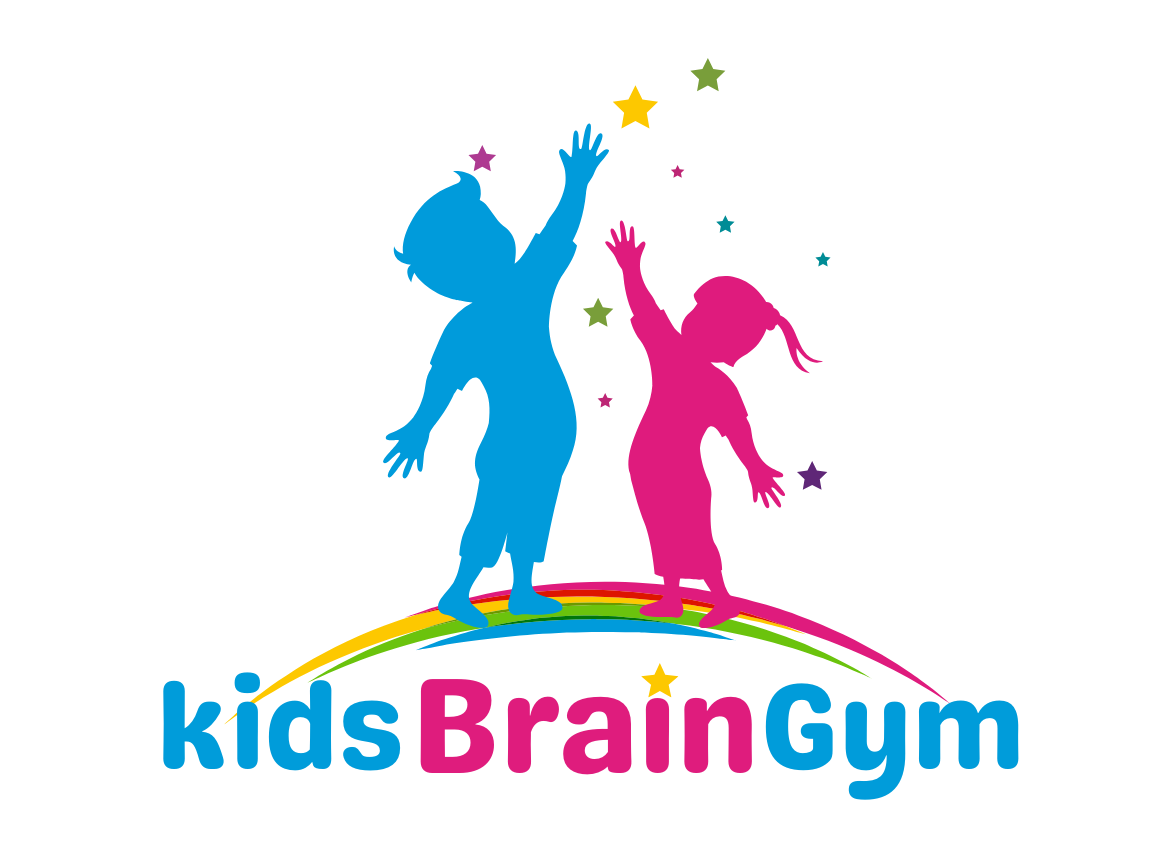1. Overview
Midbrain Activation is a brain training program designed to enhance a child’s concentration, memory, and intuition by balancing the left and right hemispheres of the brain using fun, engaging techniques like brain games, sound therapy, and guided activities.
2. Key Highlights
- Enhances focus, memory, and learning abilities in children
- Uses sound waves, meditation, and brain gym exercises to activate brain potential
- Boosts confidence, creativity, and emotional balance naturally
3. What is Midbrain Activation?
Midbrain Activation is a program designed for children aged 6–14 years to develop heightened intuition and sensory awareness. Children are trained to sense visual objects even with their eyes closed. The method was developed by Mr. Makoto Shichida, a renowned Japanese professor who spent over 40 years researching this technique. He was awarded the Nobel Peace Prize in 1998 for his contributions to child development.
4. How Does It Work?
The Midbrain Activation program is typically conducted as a 2-day workshop. During the training, children engage in various fun and interactive activities such as:
- Brain games and puzzles
- Dance and music therapy
- Brain gym exercises
- Sound and light meditation
These activities stimulate the pineal gland, located deep within the brain. The pineal gland plays a key role by secreting two hormones:
- Melatonin – Regulates sleep-wake cycles and increases in the dark
- Serotonin – Associated with mood, memory, and right-brain intelligence
The midbrain, acting as a communication bridge between the brain’s left and right hemispheres, is “activated” through these methods. This activation improves hemispheric coordination, leading to enhanced cognitive performance and emotional balance.
5. Scientific Background
As people age, the brain naturally develops lateralization — where one hemisphere becomes dominant for specific tasks. This reduces our ability to use the full potential of the brain. The Midbrain Activation technique reverses this trend, promoting balanced use of both hemispheres.
As a result, children demonstrate significant improvements in:
- Intuition and perception
- Memory and focus
- Emotional regulation
- Overall learning ability
